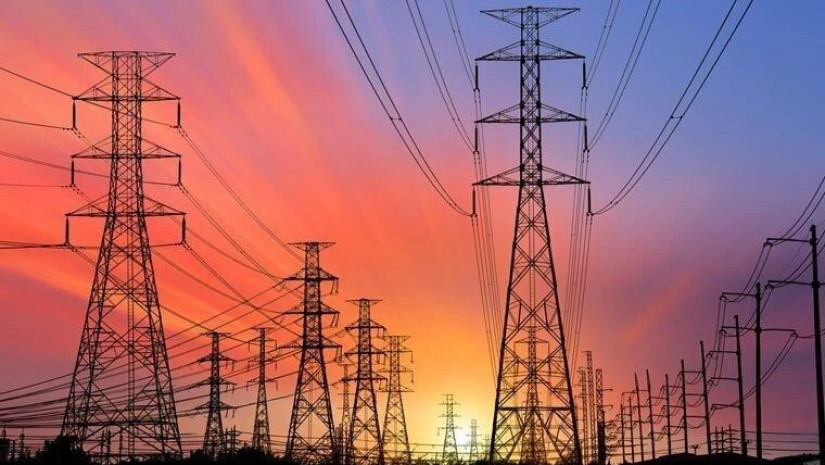In 2020 the electricity production in Georgia decreased by 5.9% in comparison to the previous year, and amounted 11 159.8 million kilowatt-hours, according to the official declared data. The decline in electricity production has been caused mainly by the dry weather conditions and less water flow, - according to the National Statistics Office of Georgia (Geostat).
As of the report, in 2020 31.3 thousand tonnes of crude oil (10.8% more than in 2019), 99.3 thousand tonnes of coal (6.5 times more than in the previous year), and 8.9 million m3 natural gas have been produced (7.3% less than in previous year).
According to the survey results, in 2020, compared to the previous year, firewood production decreased by 6.4% and amounted to 1 212.0 thousand m3. Production of other biofuels and wastes also decreased in the same period.
Final electricity consumption in 2020 was 11 479.3 million kilowatt-hours, down 4.8% from the previous year.
According to 2020 data, demand on natural gas amounted 2 699.7 million m3 (0.2% more than in the previous year). In 2020 final consumption of natural gas was 2 006.5 million m3 (3.3% more than in the previous year). In comparison to the 2019, consumption of natural gas has increased in household sector (13.5% more). Respectively with demand, consumption of the natural gas has also increased in the following sectors: food industry, construction and agriculture.
It should be mentioned that consumption of the natural gas by road transport has decreased, to some extent in the reason of price growth, and increasing competitiveness of the LPG. It should be taken into account that increased amount of hybrid and electric cars causes decrease in natural gas consumption by cars.
According to the survey results, in 2020 1 287.9 thousand tonnes of oil products were consumed in the country, which is 5.0 percent less than in the previous year. One of the main reason of reducing energy consumption in 2020 is the restrictions due to the Covid-19 pandemic.
Within the total energy consumption structure 38.5 percent share comes on natural gas. Oil products (29.3%) and electricity (22.0%) are also characterized with a relatively high share. During the year, 5.1% share of consumed energy comes on the biofuel and waste,
while the remaining 5.1% share has coal and geothermal energy.
The sectoral analysis of energy consumption in 2020 shows that the largest consumer of energy resources is the household sector, which accounts for 31.4% of total consumption.
As for other sectors, 30.3% comes from transport, 19.2 percent from industry, 4.5% from construction, 0.6% from agriculture, forestry and fishing, and the remaining 14.0% from private and public services and other consumers.















